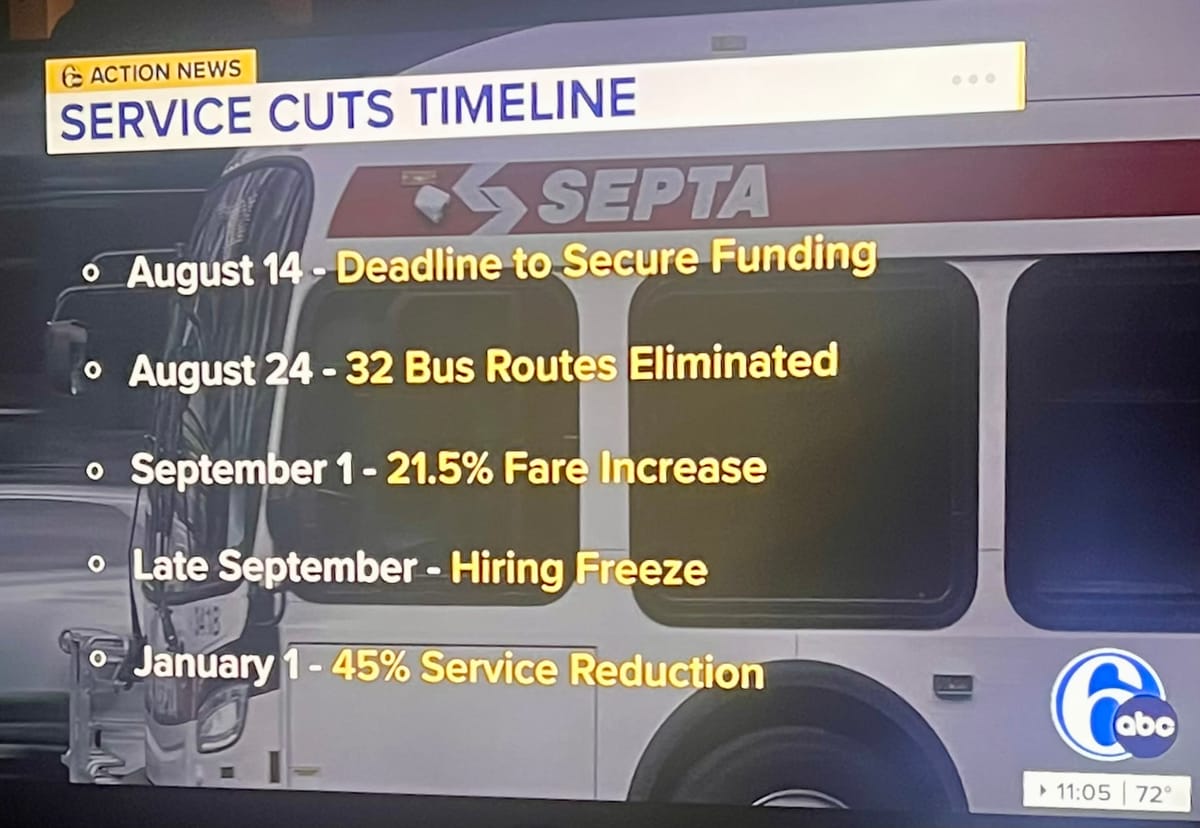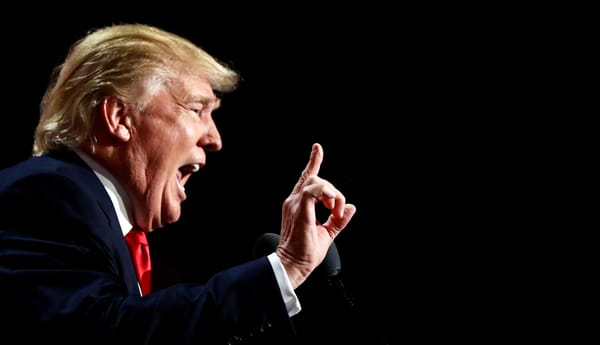Facts & figures: SEPTA vs. other mass transit
A friend of mine says SEPTA is shot through with waste, fraud, and mismanagement. But he says that about every government agency.

SEPTA is on the edge of a cliff, more serious than in the past. A 45% reduction in service, coupled with a 21.5% fare increase, would be a catastrophe. Harrisburg is groping to find a funding fix.
A friend of mine says SEPTA is shot through with waste, fraud, and mismanagement. But he says that about every government agency.
I don’t have the facts, but to put its situation into perspective, I’ve collected some of the basics of the top mass transit systems in the U.S.
The figures provided are estimates based on publicly available information. They are listed in descending order of their budgets. I have added my commentary in italics.
No. 1
New York City (MTA)
Employees: 70,000. Daily Ridership: 4 million.
Employee to customer ratio: 7:400.
Budget: $19.2 billion.
Nothing in the United States approaches the reach of New York City’s mass transit. Noo Yawkers, most of them, really don’t need a car.
No. 2
Los Angeles (Metro)
Employees: 11,000. Daily Ridership: 1.2 million.
Ratio is 1:220.
Budget: $9.4 billion.
No. 3
Washington D.C.: Washington Metropolitan Area Transit Authority (WMATA)
Employees: 12,664. Daily Ridership: 1 million.
Worker to rider ratio a very low 1:125.
Budget: $2.498 billion.
WMATA has more employees than L.A., about the same ridership, but a fraction of the budget. What is it doing right?
No. 4
Chicago (CTA)
Employees: 12,000. Daily Ridership: 1.6 million.
Staff to passenger ratio: 3:400.
Budget: $2.16 billion.
No. 5
San Francisco Municipal Transportation Agency (SFMTA)
Employees: 7,500. Daily ridership: 486,000.
Employee to rider ratio of 1:162
Budget: $1.4 billion
No. 6 (Tie)
Boston (MBTA)
Employees: 6,500. Daily ridership: 1 million.
A worker to rider ratio of 6:1,000.
Budget: $1.7 billion.
Philadelphia (SEPTA)
Employees: 9,000. Daily Ridership: 600,000.
Worker to rider ratio: 3:200 ratio.
Budget: $1.7 billion.
Boston has fewer employees, more riders, and a much lower ratio of staffers to riders. Is SEPTA over-staffed?


